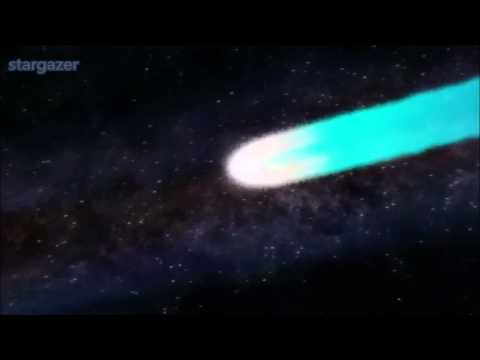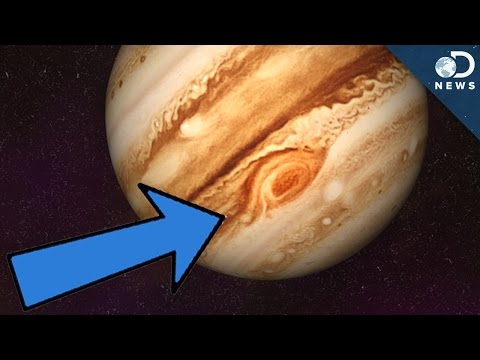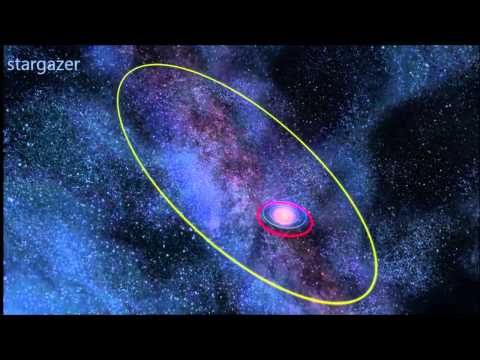Category: The Solar System
Extinctions on our planet occur periodically. The regularity of extinctions caused scientists to look for possible explanations. One of them is Nemesis theory and according to it, Nemesis is a dwarf red planet, which...
One of the biggest highlights for this month is the alignment of Jupiter’s moons. The video gives us detailed information on where to look for Jupiter in the night sky during this month.
The Oort cloud is a vast, distant sphere that contains billions of objects with a vast space between them. Even though scientists have never captured an image of the Oort cloud, they have firm...
Titan, as the largest moon of Saturn, resembles on our planet Earth. This orange satellite is bigger than Mercury. Its atmosphere covers a network of lakes that contains liquid methane.
This video represents the collection of astonishing Saturn’s images captured by Cassini probe in 4K. Images are followed by scientific details that help us to understand the whole picture of this amazing planet.
In search for new life forms outside the Earth, scientists explore the conditions of Saturn’s moon, Enceladus. Enceladus is very small, icy moon, which size is about the size of North Dakota. A huge...
Tharsis Montes is a volcanic region on planet Mars, which is known for Olympus Mons, the largest volcano in our Solar System. Its surface is about the same size as Arizona and is three...
The great red spot on Jupiter is enormous anti-cyclonic storm twice size the Earth. According to scientists, this storm is not red by its nature, but gases in Jupiterain atmosphere are red when exposed...
This video shows us 10 most common false ideas we have about our Solar System. The list starts with the Sun as the burning ball of fire.
During technological evolution, our idea about the Solar System has been also greatly evolved. Technological progress enables us to discover new planets, which makes a lot of confusion among scientists in the past. Introducing...
Far away from our Sun, Kuiper belt stretches out beyond Neptune, containing a lot of dwarf planets with peculiar orbits. According to new evidence, scientists start to speculate that there can be a real...
According to many studies, scientists believe that there is an ocean in our Solar System, ten times deeper than the Earth’s oceans, with two to three times the Earth’s water volume. They assume that...
Astronomers are planning to visit asteroid Bennu in 2018, by starting Osiris-Rex mission. They hope to collect the original material from the asteroid, because unlike the Earth, Bennu has a lot of rock and...
The smallest planet in our Solar System, Mercury, is at the same time the closest one to the Sun. Its dayside surface is exposed to the Sun in a very long period of time,...
Jupiter, the most massive planet in our Solar System, has very delicate rings, consisting of particles that are the size of the fine dust. These faint rings spread around Jupiter within 3.000 miles in...
Kuiper Belt objects are the coldest places in our Solar System. Among them, there are Pluto’s frozen world with very little sunlight and Sedna as the furthest object that orbits the Sun. Its orbit...
In our Solar System, Jupiter is the planet that contains the most immense liquid seas beneath its gas atmosphere. As the planet that is 1400 times larger in volume than the Earth, Jupiter is...
The following video lists the evening planets, constellations and deep-sky objects, morning planets and events during November 2014. We can expect to see bright Jupiter early in the mornings, and the Leonid meteor shower...




























